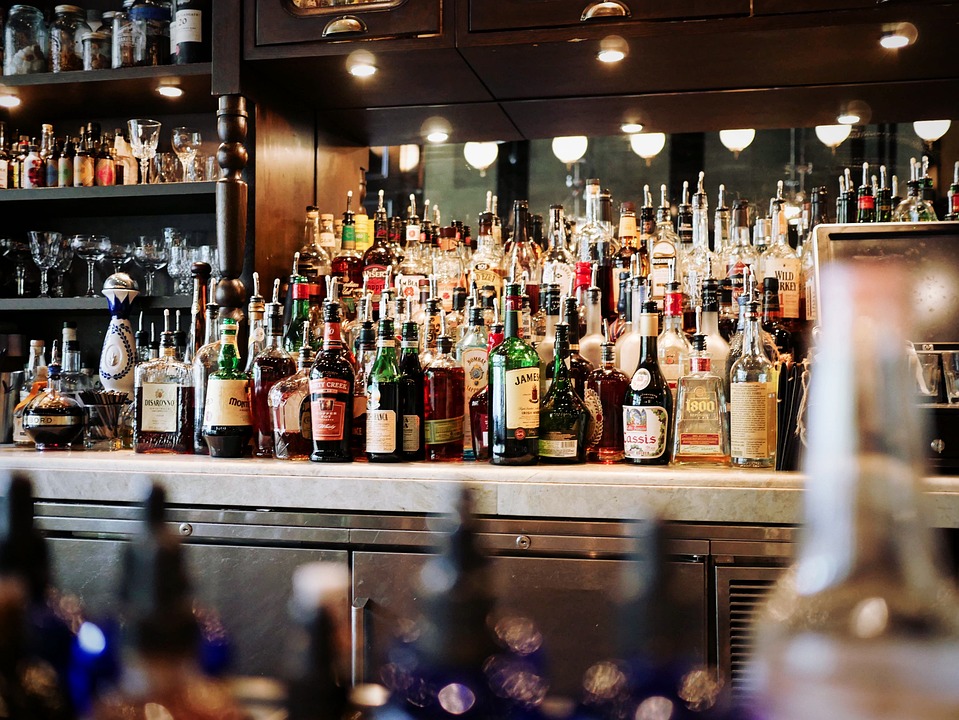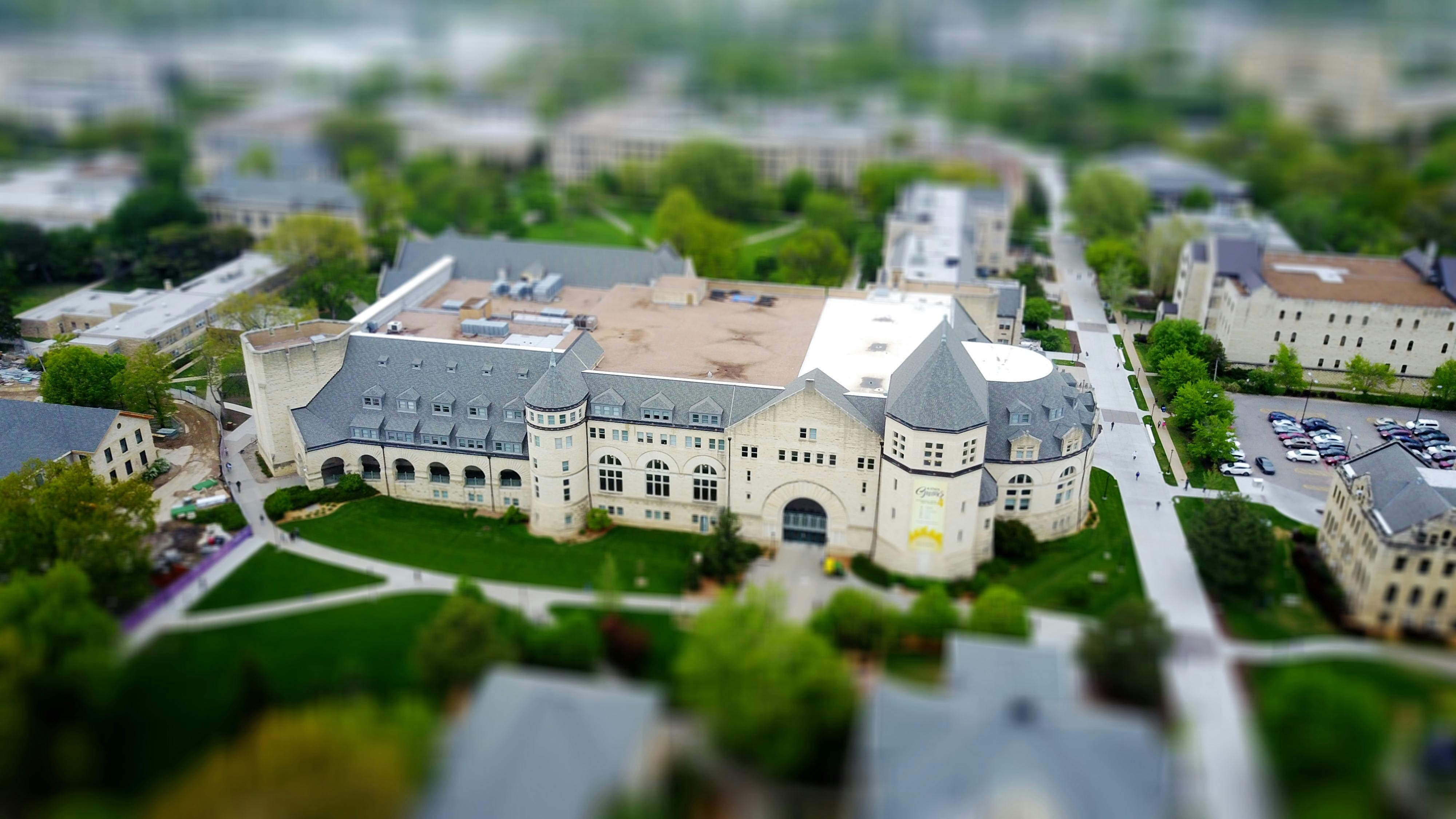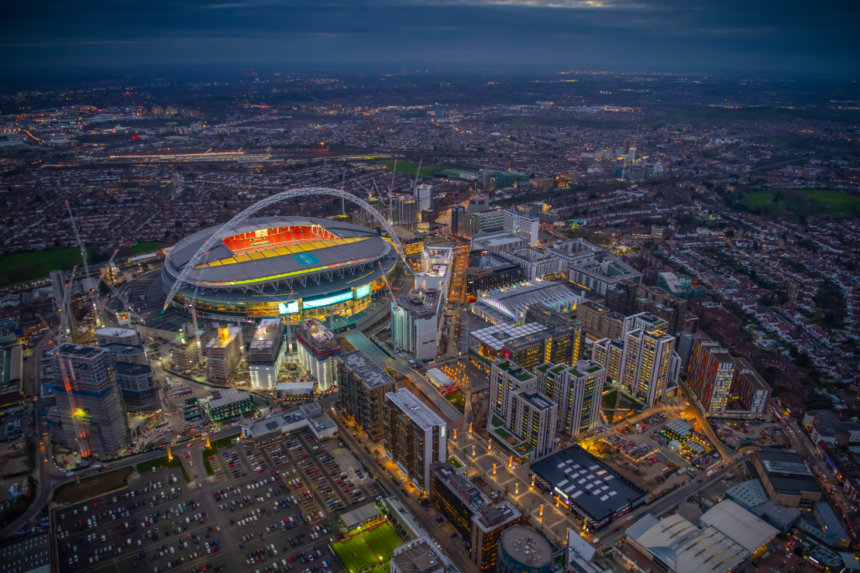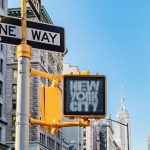Some people are curious about which area of London has the most migrants. So here, we provide an introduction to the Top 10 London boroughs with the highest number of non-UK born residents. At the end, a full list of non-UK born residents numbers for each London borough is attached. We hope this post is helpful for you!
Brent
Brent is popular among London migrants. It is located in northwest London, England, and is famous for landmarks such as Wembley Stadium, the Swaminarayan Temple, and the Kiln Theatre. It also has the Welsh Harp reservoir and the Park Royal commercial estate.
With an estimated population of 339,800, Brent is home to major districts like Kilburn, Willesden, Wembley, and Harlesden, as well as sub-districts such as Stonebridge, Kingsbury, Kensal Green, Neasden, and Kenton. It has a mix of residential, industrial, and commercial areas.
Brent is known as the UK’s most diverse locality by country of birth. In 2019, it became the only local authority with over 50% of its residents, around 52%, born abroad. According to the 2021 census, Brent has the lowest proportion of people born in the UK in England and Wales, at 43.9%, while 56.1% of its population are Non-UK Born Residents.
Brent has the highest proportion of Irish residents in Britain, at 4%. It also has large Asian, Indian, Black African, Black Caribbean, and Eastern European communities. At Brent, you can find the largest Brazilian community in the UK, one of the largest Indian communities, and significant Afro-Caribbean, Romanian, Polish, and Somali communities.
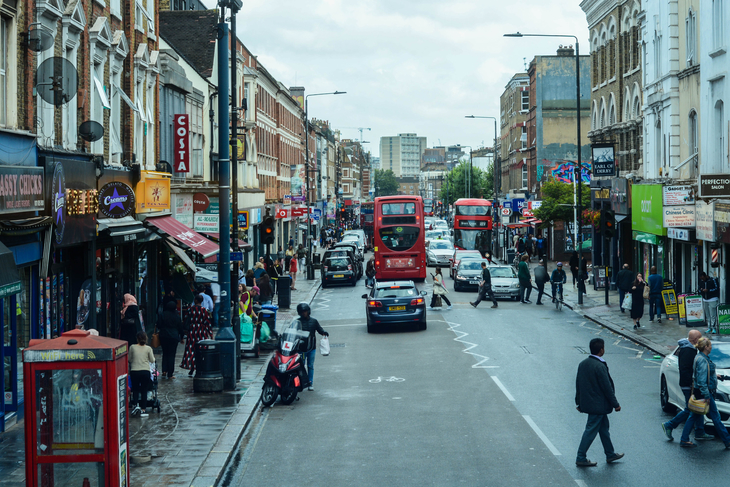
Westminster
Westminster is the area with the second highest number of migrants in London. The borough is home to landmarks like the Houses of Parliament and Buckingham Palace. It covers a large part of central London, including famous places such as Westminster Abbey, Whitehall, Westminster Cathedral, 10 Downing Street, and Trafalgar Square.
Various neighborhoods thrive within Westminster, including the historic Westminster district, bustling shopping areas like Oxford Street and Regent Street, and the lively nightlife hub of Soho. Despite having parks like Hyde Park, Westminster has a high population density, with an estimated 261,000 residents in 2019.
Westminster has a long history of immigration, with areas like Soho attracting people from Europe, Africa, and Asia. Today, it’s home to diverse ethnic communities, including Indian, Bangladeshi, Nigerian, and Chinese populations. Westminster, with 55.6% of its population in 2021, stands out as one of the London boroughs with most non-UK born residents. Edgware Road is known for its Middle Eastern community, while Chinatown represents London’s Chinese heritage. Migrants have greatly influenced Westminster’s hospitality scene, seen in the diverse cuisines offered by restaurants in Paddington and Covent Garden.
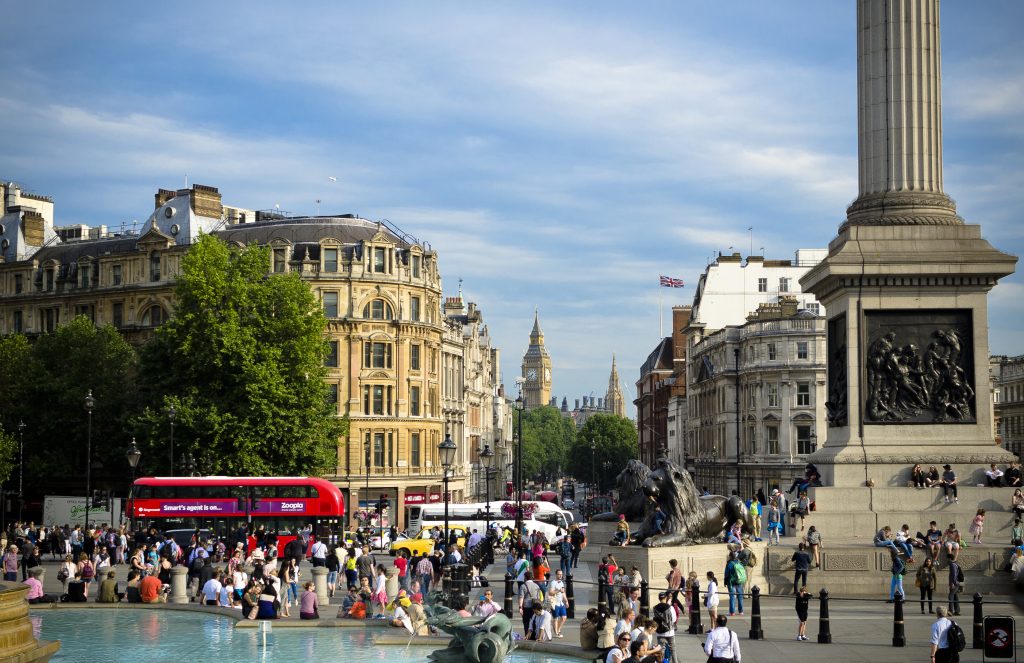
Kensington and Chelsea
Kensington and Chelsea, known as RBKC, sits west of the City of Westminster and east of the London Borough of Hammersmith and Fulham. Despite being the smallest borough in London and the second smallest district in England, it’s one of the UK’s most densely populated areas. It is also one of the areas with a high number of London migrants.
Notable neighborhoods include Notting Hill, Kensington, South Kensington, Chelsea, and Knightsbridge. It’s home to the famous Notting Hill Carnival, Europe’s largest street festival, and boasts pricey residential properties and landmarks like Kensington Palace.
Kensington and Chelsea welcome people from various countries, making up 53.9% of its population in 2021. Many international residents, including diplomats and professionals, add to its diverse population. The area’s diverse culture is evident in its shops, eateries, and events.
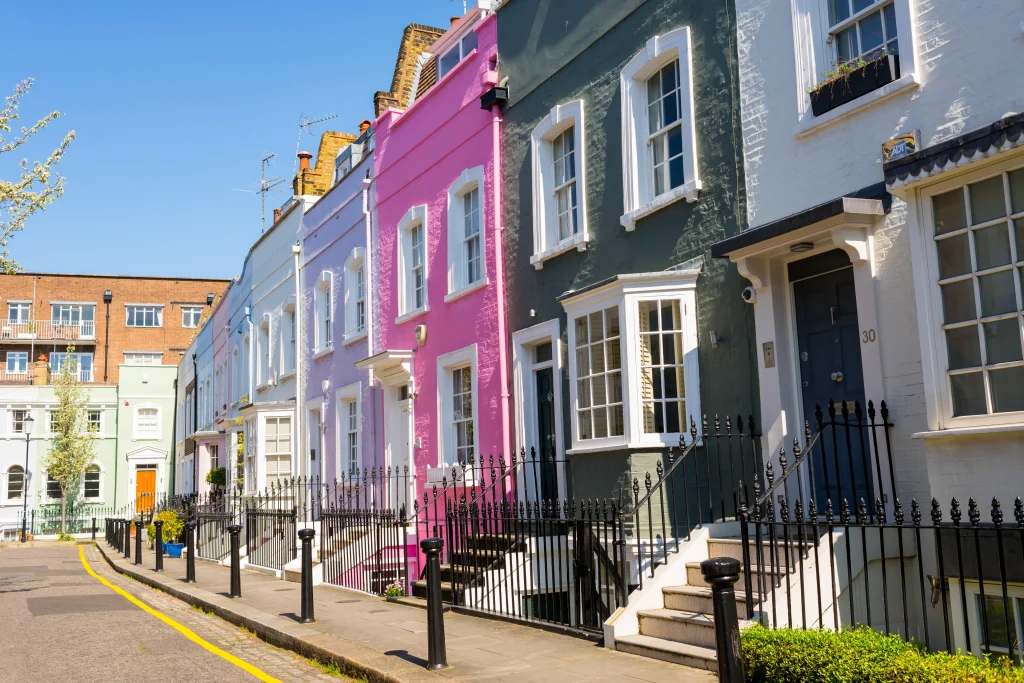
Newham
Located in Inner London, Newham boasts a population of 387,576, ranking as the third highest among London boroughs and the 16th most populous district in England. Positioned 5 miles (8 km) east of the City of London, it sits north of the River Thames, bordered by the River Lea to the west and the North Circular Road to the east. Key districts include East Ham, West Ham, Stratford, Plaistow, Forest Gate, Beckton, and Canning Town.
Historically, Newham has been a pivotal destination for migrants arriving in London, contributing to its renowned diversity. As of 2021, 53.7% of Newham’s population comprises Non-UK Born Residents, drawn to its proximity to the city center and affordable housing options, making it an appealing choice for newcomers seeking opportunities in the capital.
Newham’s vibrant cultural enclaves, such as Green Street in Upton Park and areas of East Ham, epitomize its multicultural identity. These neighborhoods, characterized by South Asian, African, and Caribbean communities, offer a rich tapestry of traditions and cuisines, showcasing the Newham’s diverse and inclusive spirit.
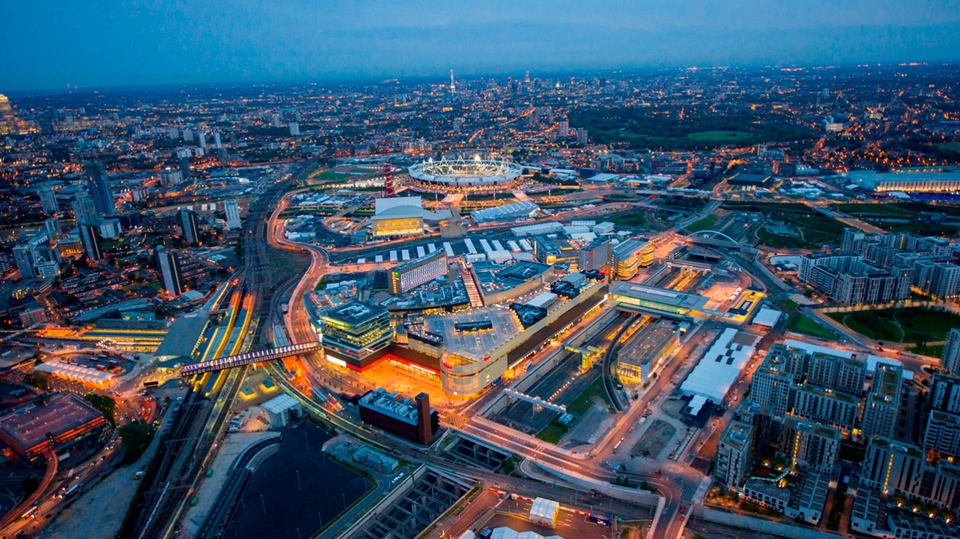
Harrow
The London Borough of Harrow, situated in northwest London, England, is a part of Outer London. It shares borders with four other London boroughs – Barnet to the east along the ancient Watling Street (now the A5 road), Brent to the southeast, Ealing to the south, and Hillingdon to the west. Additionally, it adjoins the Hertfordshire districts of Three Rivers and Hertsmere to the north.
As of 2021, 51.1% of Harrow’s residents are Non-UK Born Residents, reflecting its diverse immigrant population. The borough boasts a rich tapestry of cultures, with 63.8% of its population belonging to Black and Minority Ethnic (BME) communities. Among them, the largest group is of Indian ethnicity, particularly those from Gujarat and South India. Harrow is also home to the largest concentration of Sri Lankan Tamils in the UK and Ireland, along with the highest density of Gujarati Hindus in the country.
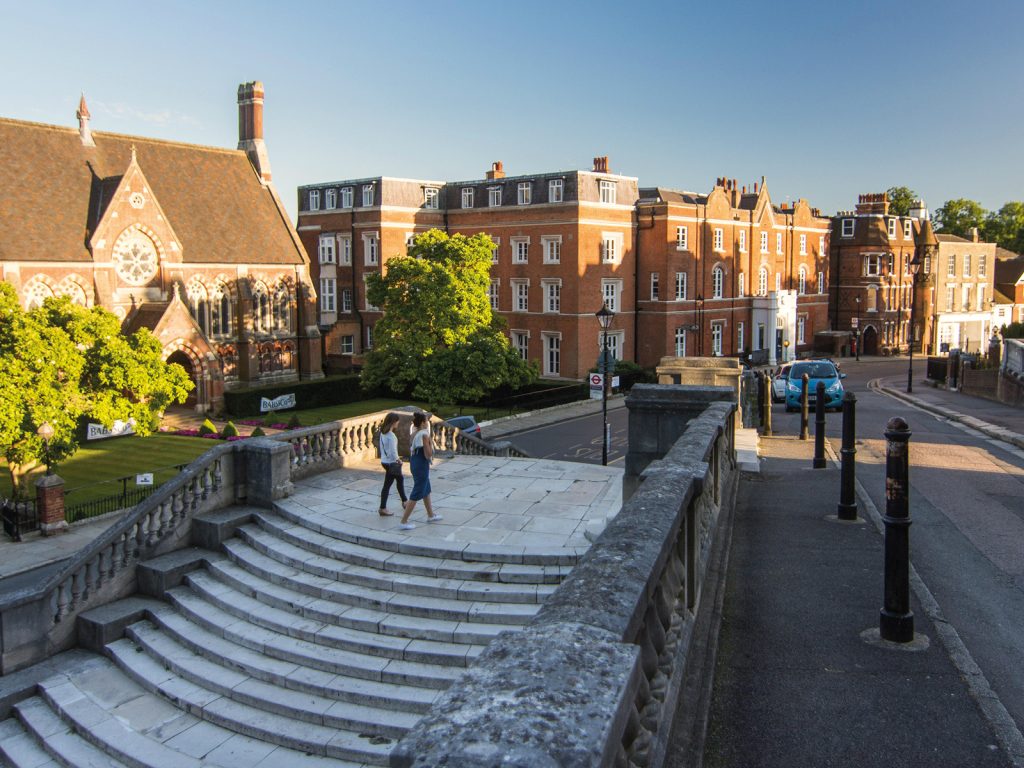
Ealing
The London Borough of Ealing encompasses the vibrant districts of Acton, Ealing, Greenford, Hanwell, Northolt, Perivale, and Southall. With a population of 367,100 residents, it ranks as the third most populous London borough. Ealing straddles West and Northwest London, serving as a bridge between Inner and Outer London. Revered as the “Queen of the Suburbs,” Ealing charms with its abundance of parks and picturesque tree-lined streets.
Ealing is known for its diverse immigrant population, with 50.8% of residents being born outside the UK as of 2011. The borough’s demographic makeup is diverse, with 49% identifying as white, 30% as Asian, 15% as Afro Caribbean, and 4.5% as of mixed or multiple ethnicities, while the remainder identify as Arab or other ethnicities.
Ealing boasts distinct ethnic enclaves that mirror its multicultural essence. Southall is known for its vibrant South Asian culture, mainly Indian and Pakistani, while Acton highlights its Irish heritage. These neighborhoods serve as vibrant hubs, offering glimpses into the traditions of diverse communities.
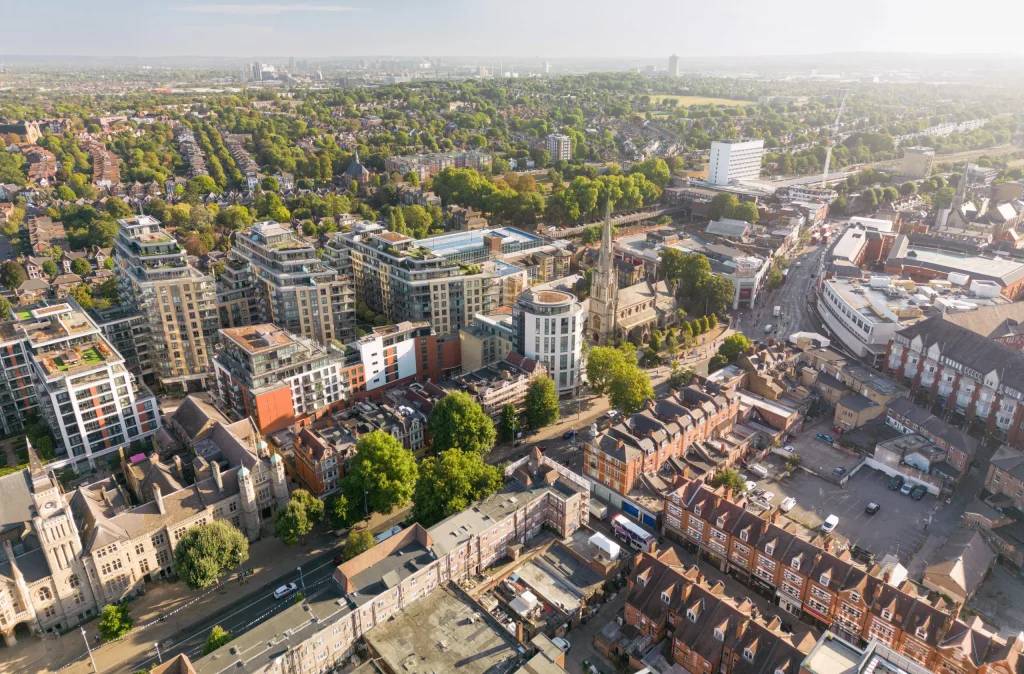
City of London
The City of London stands as a prominent business and financial hub, with a resident population of 8,583 according to 2021 census figures. However, its employment landscape is far more expansive, with over 500,000 individuals working there as of 2019, and some estimates suggest the workforce may exceed 1 million. Approximately three-quarters of the jobs in the City are concentrated in the financial, professional, and associated business services sectors.
A distinctive feature that sets the City of London apart is its dense population of international professionals and expatriates, particularly within the finance and related industries. The presence of multinational corporations and major financial institutions, which have established their headquarters or significant offices in the City, attracts talent from across the globe. Adding to its cosmopolitan flair, it is home to a substantial number of London migrants and Non-UK Born Residents, constituting 49.6% of its residents in 2021.

Hounslow
The London Borough of Hounslow, situated in West London, England, is part of Outer London. It extends from Chiswick in the east, near Central London, to Feltham and Bedfont in the west, bordering the boroughs of Richmond upon Thames, Hammersmith and Fulham, Ealing, and Hillingdon, as well as the Spelthorne district of Surrey.
Hounslow is often favored by those seeking more affordable options outside of central London. The borough boasts a diverse immigrant population, with residents originating from various parts of the world. Vibrant communities representing South Asian, African, Eastern European, and Middle Eastern backgrounds contribute to Hounslow’s rich cultural tapestry. Notably, Hounslow is home to one of the largest South Asian communities in London, with significant numbers of Indian, Pakistani, and Bangladeshi residents.
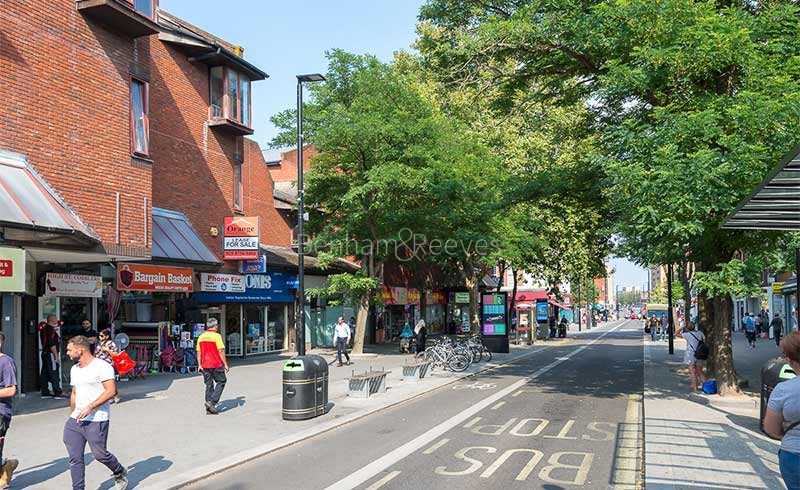
Tower Hamlets
The London Borough of Tower Hamlets sits on the north bank of the River Thames, immediately east of the City of London. Spanning much of the traditional East End of London, it also includes a significant portion of the regenerated London Docklands area. As of 2019, the borough’s mid-year population is estimated at 324,745. Tower Hamlets is known for its high rates of poverty, child poverty, unemployment, and pay inequality compared to other London boroughs.
In 2021, 46.8% of Tower Hamlets’ population were Non-UK Born Residents. Demographically, Tower Hamlets boasts the largest population of British Bangladeshis in the UK, comprising 32% of the borough’s residents. The 2011 census revealed Tower Hamlets to have the highest proportion of Muslims of any English local authority, making it the sole location where Muslims outnumbered Christians.
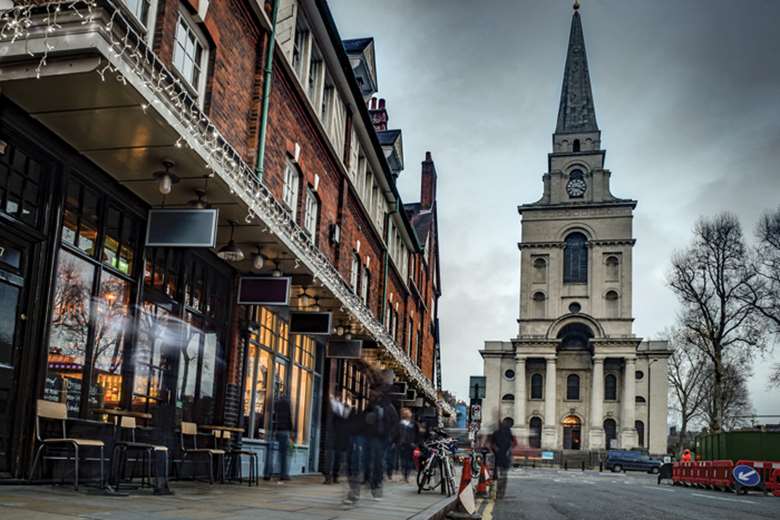
Haringey
The London Borough of Haringey, situated in North London, spans an area of over 11 square miles (28.5 km2). Notable local landmarks include Alexandra Palace, Bruce Castle, and Tottenham Hotspur Football Club. The borough exhibits stark contrasts: affluent areas in the west, like Highgate, Muswell Hill, and Crouch End, contrast with some eastern wards classified among the most deprived 10% in the country.
As of 2021, 45.8% of Haringey’s population are Non-UK Born Residents. The Muslim population is primarily centered around Harringay, while the largest Jewish community resides in western areas such as Highgate, Crouch End, and Muswell Hill. In the Seven Sisters ward in the east, South Tottenham’s largest Jewish community accounts for 18.1% of the ward’s population.
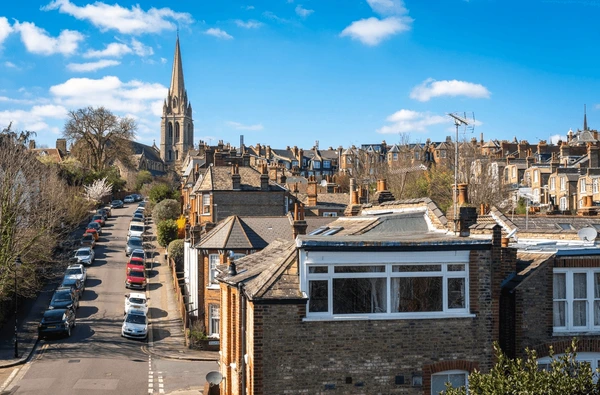
Full List: Non-UK Born Resident Numbers Across London Boroughs
| No. | Areas | Non-UK Born Residents | Non-UK Born Residents |
| 1 | Brent | 56.1 | 55.1 |
| 2 | Westminster | 55.6 | 53.3 |
| 3 | Kensington and Chelsea | 53.9 | 51.6 |
| 4 | Newham | 53.7 | 53.7 |
| 5 | Harrow | 51.1 | 44.8 |
| 6 | Ealing | 50.8 | 48.2 |
| 7 | City of London | 49.6 | 36.7 |
| 8 | Hounslow | 49.5 | 43.3 |
| 9 | Tower Hamlets | 46.8 | 43.1 |
| 10 | Haringey | 45.8 | 44.6 |
| 11 | Hammersmith and Fulham | 45.5 | 42.8 |
| 12 | Camden | 45.4 | 42.5 |
| 13 | Redbridge | 43.6 | 36.9 |
| 14 | Barnet | 43.2 | 38.9 |
| 15 | Barking and Dagenham | 41.3 | 30.9 |
| 16 | Merton | 40.9 | 37.8 |
| 17 | Southwark | 40.7 | 39.4 |
| 18 | Enfield | 40.4 | 35.1 |
| 19 | Islington | 39.9 | 35.4 |
| 20 | Hackney | 39.7 | 39.1 |
| 21 | Lambeth | 38.6 | 38.9 |
| 22 | Waltham Forest | 38.6 | 38.6 |
| 23 | Hillingdon | 38.5 | 30.0 |
| 24 | Wandsworth | 37.9 | 35.4 |
| 25 | Greenwich | 37.5 | 31.0 |
| 26 | Lewisham | 35.6 | 33.7 |
| 27 | Croydon | 34.9 | 29.6 |
| 28 | Kingston upon Thames | 33.7 | 28.3 |
| 29 | Richmond upon Thames | 28.8 | 24.3 |
| 30 | Sutton | 27.8 | 19.9 |
| 31 | Bexley | 21.0 | 14.1 |
| 32 | Bromley | 20.3 | 14.5 |
| 33 | Havering | 19.4 | 10.3 |
Conclusion
We explored the areas with the most Migrants in London, introducing Brent, Westminster, Kensington and Chelsea, and so on. Each region offers a unique cultural landscape. For international students and new immigrants, understanding these demographic patterns is key to finding a warm, familiar environment.
When you plan to move, let uhomes.com simplify your search. We offer safe and high-quality student accommodation in London in all the most diverse and student-friendly areas to ensure your smooth transition to life. Join us today to find your perfect home and community.
Area of London with Most Migrants - FAQ
What attracts migrants to London?
Migrants are drawn to London for various reasons, including economic opportunities, cultural diversity, and the presence of established immigrant communities. The city’s robust job market, educational institutions, and access to healthcare also contribute to its appeal as a destination for immigrants seeking a better quality of life and opportunities for advancement.
Which area in London has most migrants?
Areas such as Brent, Westminster, Kensington and Chelsea, Newham, Harrow, and Ealing have some of the highest immigrant and foreign populations in London.
What factors contribute to the high number of non-UK born residents in some areas in London?
Factors include historical immigration patterns, employment opportunities, educational institutions, and cultural attractions that draw people from around the world.
Are there specific neighborhoods in London that attract large number of migrants?
Yes, neighborhoods like Stratford in Newham, Wembley in Brent, Whitechapel in Tower Hamlets, and Soho in Westminster are known for their diverse populations of migrants.
Are there any challenges faced by areas with high number of migrants in London?
Challenges may include language barriers, socioeconomic disparities, and cultural differences. Boroughs address these challenges through community outreach, education programs, and social services.
